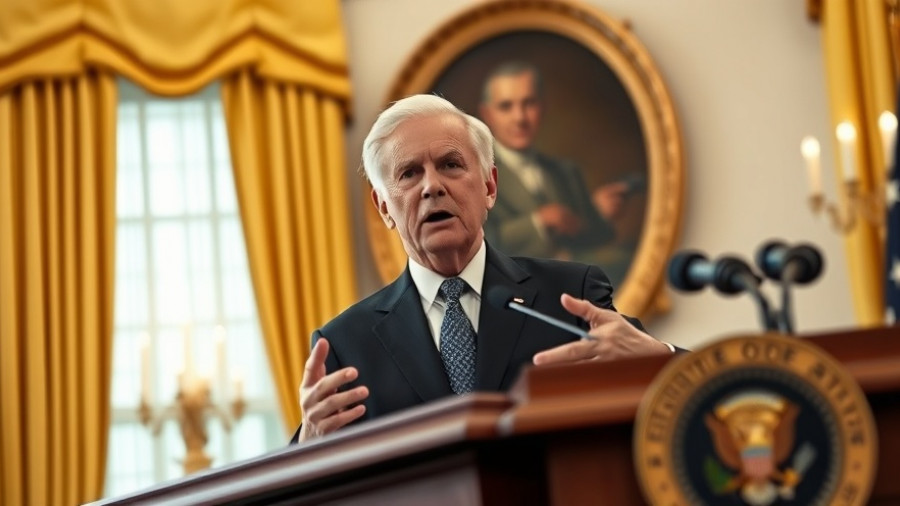
Trump's Controversial Proposal: Troops in San Francisco?
In a bold and controversial move, President Donald Trump suggested that San Francisco could be the next city targeted for National Guard deployment. Speaking at a White House news conference, Trump described the city as “a mess,” citing a supposed request from unnamed government officials for federal law enforcement intervention. However, this narrative stands in stark contrast to the city's current crime statistics, which have shown a significant decrease in violence over recent years.
Local Leaders Push Back on Federal Intervention
San Francisco's local leaders have been quick to refute Trump's claims. Mayor Daniel Lurie emphasized the city's ongoing efforts to improve public safety without outside military assistance. Recent stats indicated that crime rates, particularly homicides and car break-ins, are at some of the lowest levels in decades. District Attorney Brooke Jenkins reinforced the idea that involving the National Guard would not only be unnecessary but could also complicate local policing efforts.
The Role of Influential Figures in the Debate
The conversation around federal intervention in San Francisco has been fueled by tech industry leaders, such as Salesforce CEO Marc Benioff, who controversially voiced support for deploying troops. This endorsement stirred significant backlash within the city, leading to calls for more responsible discussions among influential figures regarding public safety policies. Critics argue that voices like Benioff’s could undermine local initiatives aimed at community-centered solutions.
Comparative Analysis: San Francisco vs. Other Cities
Trump's remarks are part of a broader trend where he has suggested deploying the National Guard to several U.S. cities like Los Angeles, Washington D.C., and Chicago, often citing crime as a troubling issue. However, the outcomes of these deployments have been mixed, facing legal challenges and public protests in many areas. San Francisco's local leaders assert that their community is on a positive trajectory, with crime decreasing despite claims to the contrary. This highlights the need to evaluate the effectiveness of federal military involvement in urban areas critically.
Public Sentiment and Community Response
The proposition of federal troops in San Francisco has ignited a passionate response from residents. Many view the idea as a mischaracterization of the city's safety improvements and a misalignment with community values. Local activist groups have mobilized to prevent any federal actions that might disrupt the autonomy and safety of San Francisco residents, calling for reforms that prioritize community policing and funding for social services.
Future Implications of Military Presence
Deploying the National Guard has far-reaching implications beyond immediate crime control. Historically, such actions have been linked to increased tensions within communities rather than a reduction in violence. Critics argue that militarizing local policing efforts can lead to a culture of fear and aggression, failing to address the root causes of crime. As the debate roils on, it’s crucial for community members and leaders to have a voice in shaping their safety and governing narratives, emphasizing solutions that embrace collaboration over conflict.
The Heart of the Matter: Community Control vs. Federal Oversight
As Trump’s administration pursues a tough-on-crime agenda, the response from local leadership in San Francisco emphasizes a crucial theme: community-led safety approaches can be more effective than federal oversights. Residents advocating for local solutions present a unique opportunity for the Bay Area to pioneer a new model of community resilience and public safety that others might follow.
In conclusion, while President Trump pushes for federal intervention in cities like San Francisco, the voices of local leaders and community members are stepping forward to advocate for a path built on mutual trust and cooperation. It's an important reminder that effective governance is often best achieved when the authority listens to the very people it serves.
 Add Row
Add Row  Add
Add 



Write A Comment